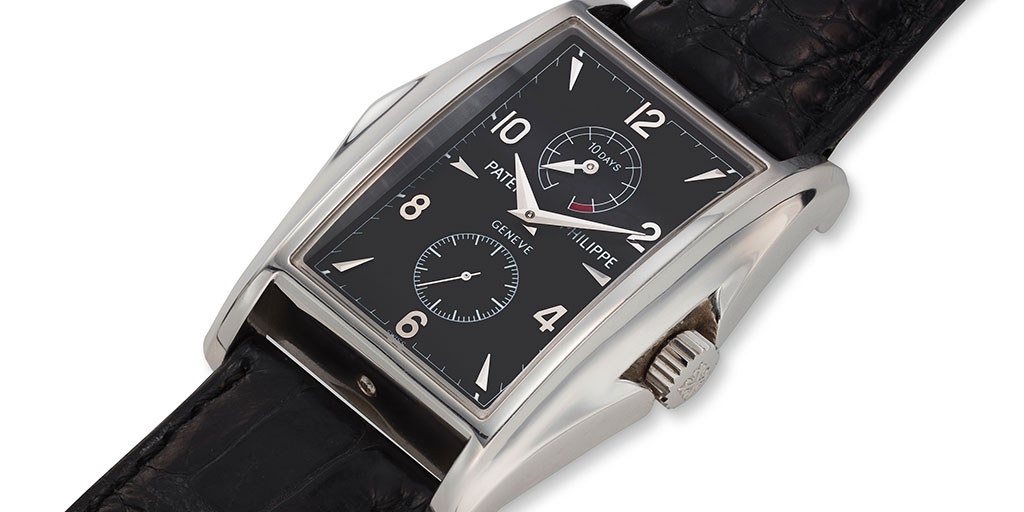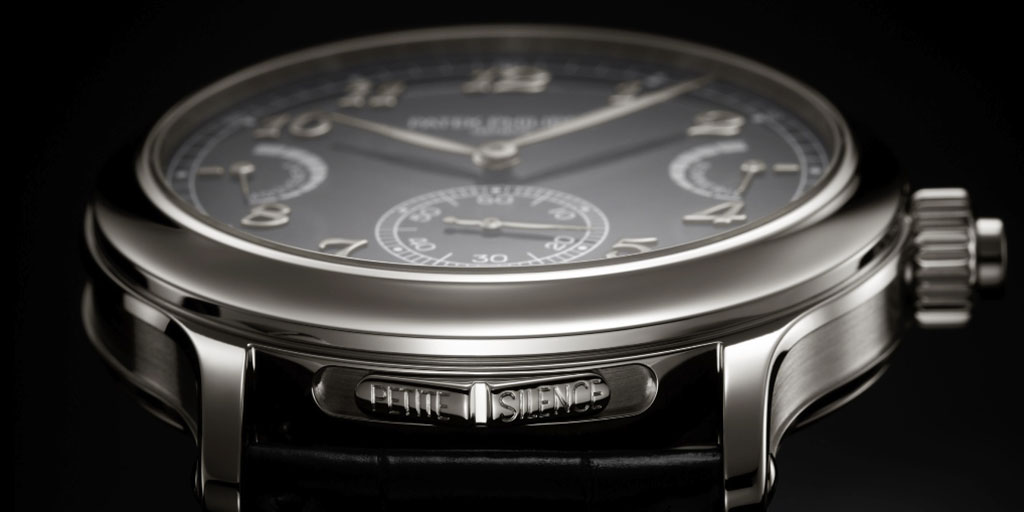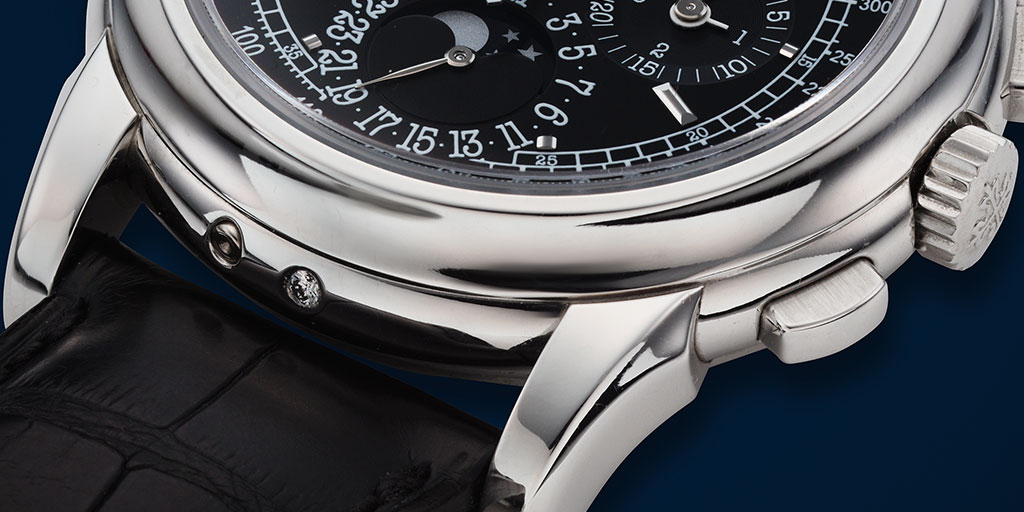In 1999, Philippe Stern and his son Thierry were discussing how to celebrate and distinguish watches made from platinum without writing the name of the metal on the dial. As always at Patek Philippe, discretion was imperative – the company prefers to be understated – and Philippe Stern suggested, “Why don’t we just put a diamond, a small diamond on the case somewhere?” Father and son analyzed every piece that the company was producing in platinum, and saw it was possible. “A diamond is also something precious, so it fits with the nobility of platinum,” recalls Thierry Stern, “So, we said, ‘Why not?’ And that’s how we started with the idea to set a small diamond at six o’clock.”
This story sums up why Patek Philippe remains a family-owned company. Any decision, no matter how ‘small’ is made by the owners and only executed if it is to the benefit of the craftspeople who made the watch and the final owner. Working with platinum is extremely challenging for case makers and the Sterns not only wanted to celebrate this achievement, but also provide a discrete nod of recognition to the noble metal that houses the owner’s watch. Only the owner knows that the diamond is there, a verification that their watch has an added value. “We thought it was important for the client,” said Thierry Stern, “If one person is wearing a white gold Nautilus and the other wearing a platinum one it makes a difference. It’s a small detail. You don’t see it if you’re looking at the watch from far away. But if someone is asking you and is curious about your piece, you may assure them that it’s platinum just by revealing the diamond.”

But why distinguish a platinum watch from a white gold or other white metal watch? For anyone who owns a platinum watch, the answer may be simple: cost. However, there are many reasons why platinum adds a premium to any timepiece it houses. Often referred to as the ‘King of Metals’, platinum is noble for several reasons. It is rare – only found in limited quantities in a few select regions of the world (mostly South Africa) – consequently, platinum is 30 times rarer than gold. It is costly to extract the ore — to produce just one ounce of platinum, about ten tons of ore must be mined. It is pure – 95% pure vs 75% for 18K gold and is therefore hypoallergenic, a plus for people with sensitive skin or allergies to certain metals. It is durable – it is not easily scratched and resists corrosion. It is dense and therefore heavy – nearly twice the weight of gold. It keeps its color —- unlike white gold, platinum does not change color because it is a naturally white metal. Last but not least, it is hard to work with – this is the main reason why Patek Philippe wanted to distinguish a platinum watch – the little sparkle below 6 o’clock expresses pride in a notable achievement.
Working with platinum is a challenge primarily due to the density of the metal which destroys tools faster than any other metal. It’s also complicated to cut because when cut, it becomes ‘sticky’. “It’s a strange material because it is hard and soft together,” says Thierry Stern, “This for instance, makes it really difficult to do Clous de Paris: not only to cut the platinum but then also to polish it. So only top polishers will touch the platinum pieces. It is the same with fabrication, only the best people will work with it, and it will be slower. There’s no way we can go as fast with the tooling as with yellow, rose, and white gold.”*

For all the difficulty associated with working with platinum, the results are not so different in appearance from the less expensive and more cooperative white gold. This is why white gold became extremely popular when it was introduced at the beginning of the last century. The Sterns decided to first celebrate the craftspeople who had overcome the challenges of working with platinum with the limited series Annual Calendar ref. 5056P launched in 1999. As the accompanying literature explained, “This exceptional timepiece, produced in 1999 in a series of 250 pieces, is distinguished with a diamond set discreetly between the lugs at six o’clock – a distinctive new way to recognize a Patek Philippe watch in platinum.”

Collectors will often seek out a platinum Patek Philippe watch above any other metal because they perceive they are made in fewer numbers. Also, when a special limited edition is launched, the platinum versions are often the first to sell. For example, when Patek Philippe celebrated the millennium, it introduced a new movement in a new watch case, the ref. 5100 Ten Day Power Reserve. Although a total of 3000 pieces were produced, only 300 examples were made in platinum.

The ultimate platinum challenge for both the case makers and watch makers is a minute repeater. Platinum minute repeaters are regarded as the pinnacle in watchmaking because of all the metals, it is the most difficult through which to hear a chiming mechanism. Patek Philippe is one of the very few watchmakers that has mastered the ability to overcome sound insulation due to the density of platinum. The ultimate example of this achievement is the ref. 6301P which combines a grande sonnerie – the grail of chiming functions – with a petite sonnerie and a minute repeater. On this masterpiece, the small, brilliant cut flawless Top Wesselton diamond nestles in the case band between the upper lugs. The traditional space under 6 o’clock contains a slide which silences the chime.

Although the price of platinum fluctuates against gold, platinum watches generally remain more valuable than other metals. Interestingly, no reserves of platinum are maintained, as in the case of the federal gold reserve in Fort Knox, Kentucky. Fortunately, platinum Patek Philippe watches will remain for generations and the noble metal will be honored with a discrete diamond that only its owner can appreciate.
May 2024
*Thierry Sterns quotes as seen in the Patek Philippe Magazine Vol IV Issue 11 (2021).



